Soap Making for Beginners – Melt and Pour Process
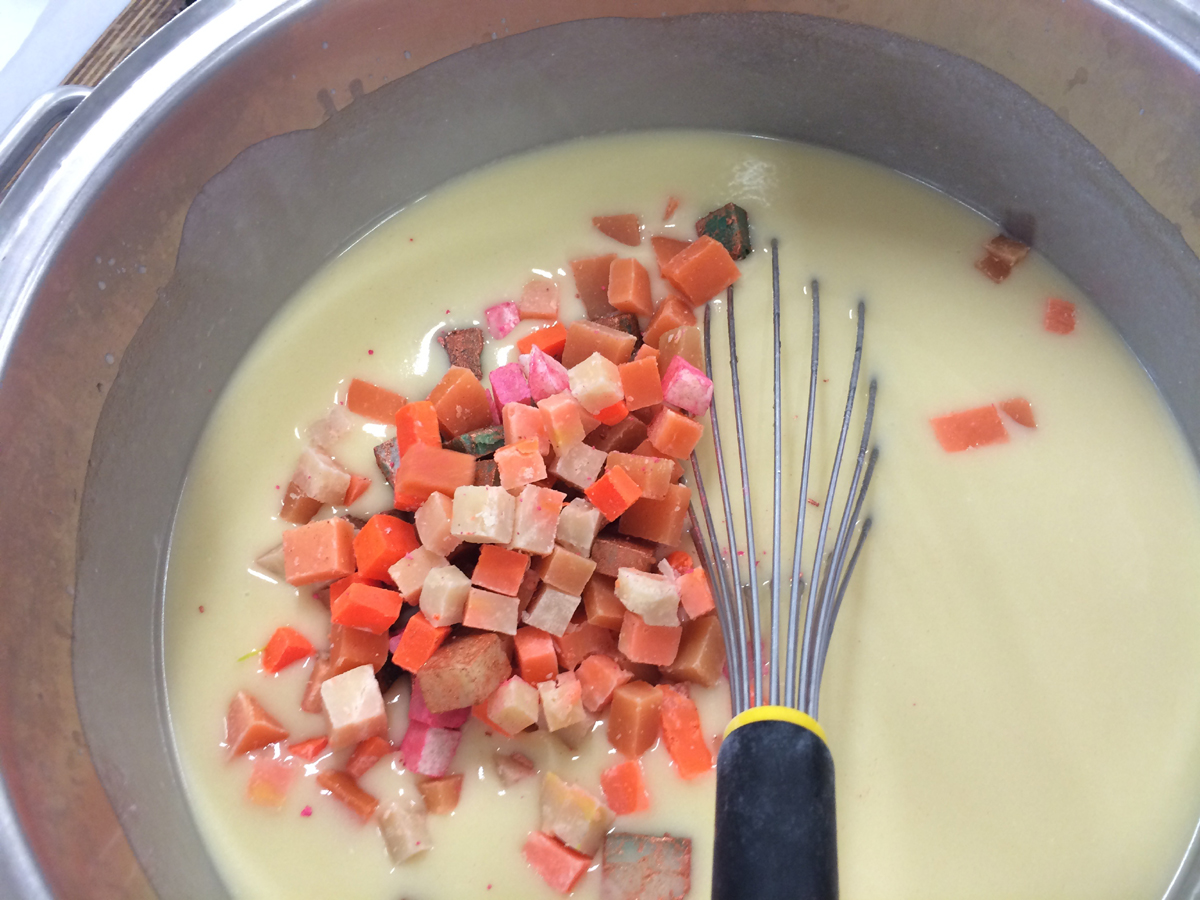
As you will learn, soap making can be simple or complex. Some people enjoy the challenge of going all out professionally, which is fine. However, other people simply want to make soap for personal use or to give as an occasional gift.
Keep in mind that safety precautions should still be followed because soap becomes dangerously hot when melted, regardless of the skill level involved. Here, we will discuss easy melt and pour techniques, perfect for the novice or skilled soap maker!
First, keep in mind that most handmade soap is made from glycerin. When you purchase store-bought soap, the majority of the glycerin has been processed out. Therefore, when you make your own soap, you have a great opportunity to create something that is glycerin rich and soft.
Although “glycerin” is usually clear, with today’s colors and fragrances, you can create beautiful soaps that not only make your skin soft but also look great. With glycerin, because it is a humectant, moisture is drawn out of itself. That means when you use glycerin soap while bathing, a very fine layer will stay on the skin, adding moisture.
Buying Soap
To go through the easy melt and pour method, you want to stop by your soap-making supply or hobby store, or online soap supply store. There, you will find large blocks of clear soap. These vary in size and type. Remember, the prices will vary depending on where you live and the store or business where you buy.
Regardless, the following are the types of melt and pour soaps you would need to make your homemade soap.
Hemp Glycerin Soap
This type of glycerin is great for the “melt and pour” system, creating semi transparent soap with the benefit of hemp. Hemp oil is rich with essential fatty acids, enzymes, Omega 3 and 6, and vitamins A, D, & E. When buying hemp glycerin, you should look for blocks that are around 20% glycerin, is alcohol free, and free of any harsh detergents.
Typically, you will find 11-pound slabs, which will make approximately 44 bars of soap, each four ounces. If that is too much, you might try to find smaller slabs or go in with another soap maker to split the soap. This size slab will average $40.
Olive Oil Soap
Olive oil soap is semi-transparent with just a slight tan color. However, the benefits and features are very close to that of hemp glycerin. The only difference is that instead of hemp, olive oil is used. When buying, look for cold pressed olive oil that contains essential fatty acids, minerals, vitamins, and as close to 20% glycerin as possible. Again, an 11-pound slab for olive oil soap runs around $40.
Clear Glycerin Soap
This type of soap is transparent and has low shrinkage qualities. In addition, clear glycerin soap has very little problem with discoloration. This soap is vegetable derived and an excellent choice for “melt and pour” soap bars. You can add color or fragrance easily and the soap will leave your skin feeling soft and smooth.
Clear glycerin soap is also a great choice for making soap with multiple layers, novelty soaps (those with toys, flowers, or other objects inside), and yet the clarity is exactly what you would buy from your favorite boutique. If you want a good daily soap, one that is fun for the kids, and makes an excellent gift, clear glycerin is it.
Goat’s Milk Glycerin Soap
This type of soap originates from the beautiful Rocky Mountains. The feel is creamy and rich, and very luxurious. The appearance of this soap is off white. Many people shy away from goat’s milk glycerin because of the name but you will find that it has no fragrance and actually takes both color and fragrance perfectly.
If you want soap that is natural, this is a great choice. Typically, goat’s milk glycerin soap is slightly higher than the other types of soaps but still very affordable and well worth the investment.
Melt and Pour Soap Making Equipment and Ingredients
The great thing about using melt and pour is that you can use equipment you typically have on hand. With this method, you can use the base of a double boiler or your microwave oven.
Keep in mind that if you choose the microwave, the bowl with the soap substance will need to be covered with plastic wrap to keep it from splattering but more importantly, to help keep the excess moisture from evaporating. For the microwave method, you would melt the base soap on high for about one minute, stirring in the remaining pieces not yet melted.
For the double boiler option, bring the water to a boil. Then, add your melt and pour soap of choice, cover, and leave on low. This will take quite some time to melt so about every 10 minutes, check the base to see if it is melted. If you like, you can stir occasionally to ensure an even melt.
Fragrance
For both methods of melt and pour, if you want to add in fragrance, once the base soap has melted, then you would add the fragrance oil. Be sure the fragrance is mixed in completely and that the base of the soap does not have a cloudy appearance.
Although you can use more or less fragrance according to personal preference, typically a good rule to follow is to use .25 ounces to every one pound of soap base. In addition to fragrances, you can also use essential oils.
Color
Now for the color, if you want to create colored soap, add approximately one-eighth teaspoon to one-quarter teaspoon mica in with the melting soap base, making sure to mix in it well.
If any bubbles form on top of the soap, you can leave them for design effect or spray them with rubbing alcohol. If you want to use food coloring, start with just one drop to the melted base, stirring well. Then, you can add one additional drop until you find the color of preference.
After the fragrance and color have been added to the soap base, pour the melted base into the mold of your choice. Again, if you want to remove any bubbles that will settle on top, spray them with rubbing alcohol. After the soap has hardened, generally a few hours, you can use it and enjoy!
Cost
As you can see, to make your own soap at home, you would pay around $40 for the slab of base, a few dollars for fragrance, a few dollars for coloring, and that is about it. The process is very cost effective, fun, and you end up with exactly the type of soap you love most.
Most people figure that one bar of homemade soap will average .50, far less than you would pay elsewhere. In addition, you can add in special items or effects to jazz things up.
Making soap using the melt and pour process is easy and fun… and makes for very inexpensive soap. Not only is it great for making your own soap, but it makes for truly unique and creative gifts.
The Author:
Dave Cushion is the creator of the very popular book “Soap Making Made Simple!”
Photo. Jussiak

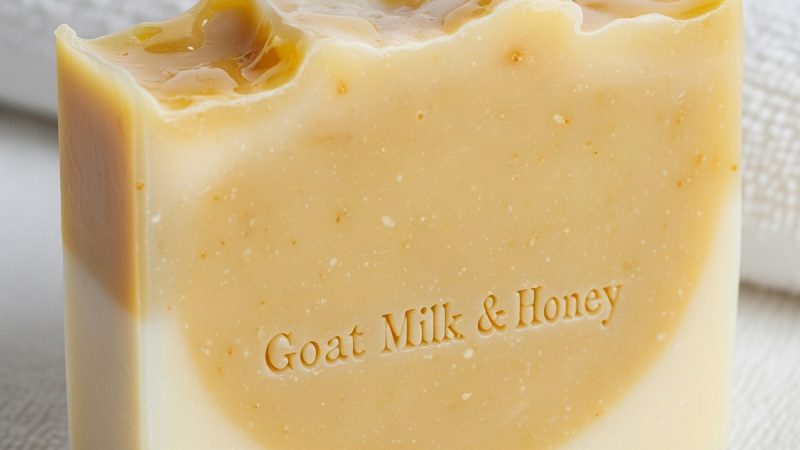
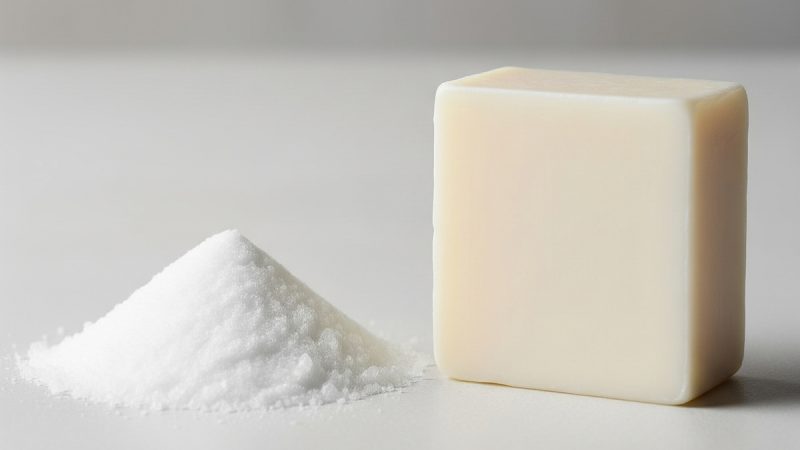
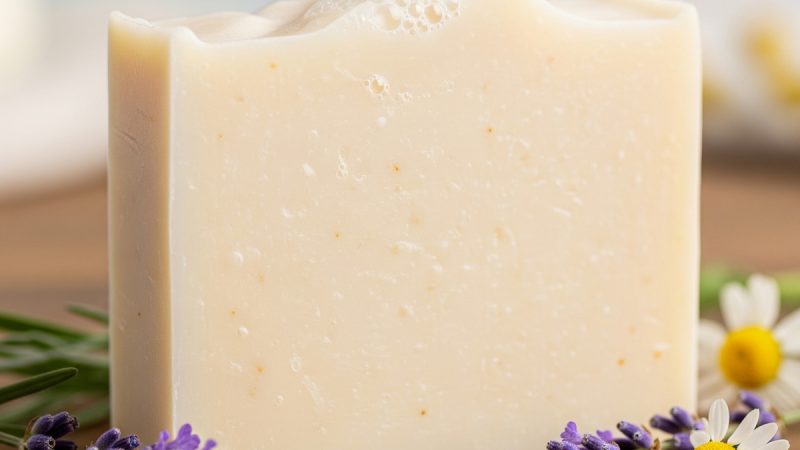
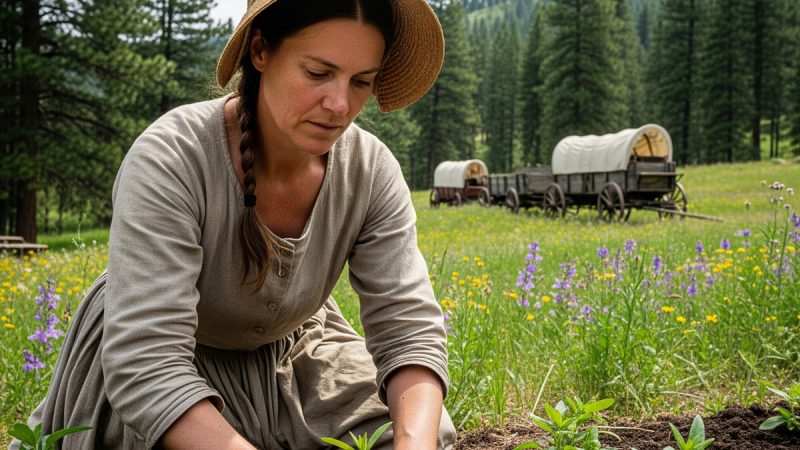
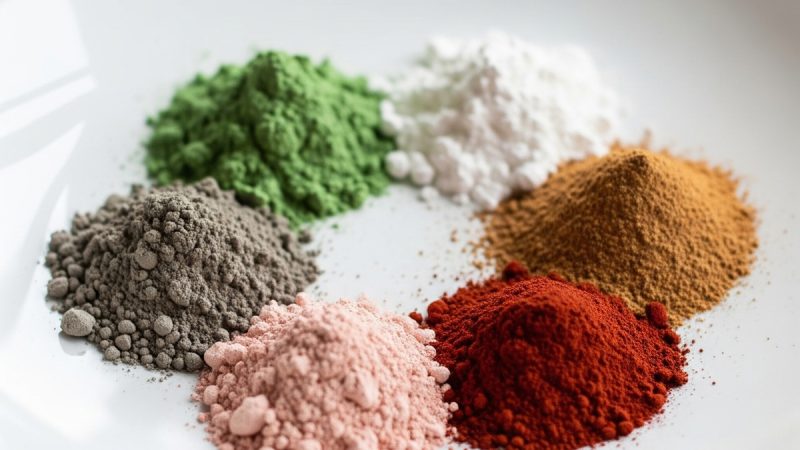

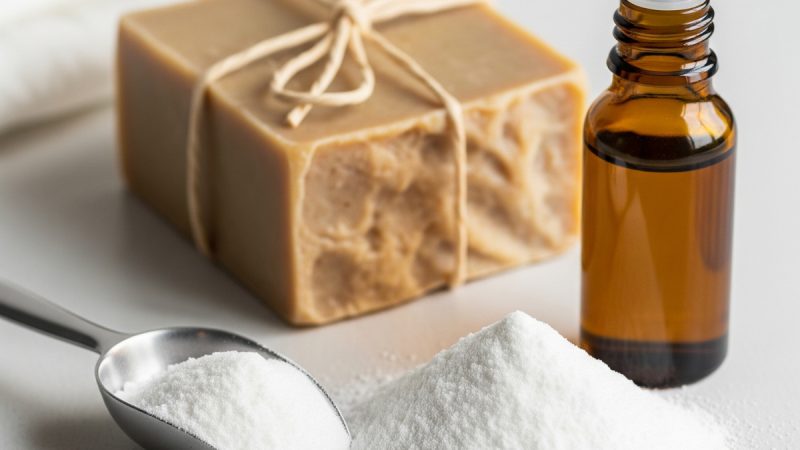
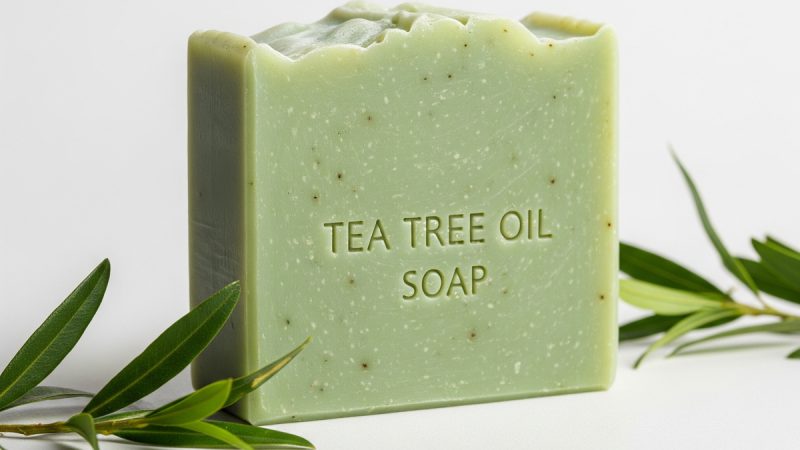
I suggest to have an experienced soap maker present when you first begin. This can make the experience not so worrisome.
Where can I get those glycerin n naoh?im juz about to make my own soap.. tq for ur great respons. 🙂
You should be able to find glycerin and NaOH (sodium hydroxide) at your local craft stores or online soap making suppliers. They are common ingredients used in soap making. Good luck with your soap-making journey!
Having an experienced soap maker present when you first begin can definitely help ease any worries and provide guidance. It’s always great to have someone knowledgeable to assist you as you learn.
Hi,
I am using a melt and pour soap base and would like a thicker lather. Is there anything I can add to the base for more bubbles?
Thanks f your help.
Alayna Gilbert
Hi Alayna, just made some by melting the glycerine them added some coconut oil and some pure water plus some vanilla essence,
It is so frothy. I think it must be the coconut oil. I have made others using olive oil, but I didn´t have this lovely frothy creamy soap I have now.
Good luck with your experiments.
Chris.
That’s great to hear, Chris! Coconut oil can indeed contribute to a frothy lather in soap making. Different oils can produce different results, so it’s always fun to experiment and find what works best for you. Enjoy your creamy soap.
If you’re looking for a thicker lather in your melt and pour soap base, you can try adding ingredients like coconut oil or castor oil. These oils can contribute to a more bubbly lather. Be sure to experiment with small amounts to achieve your desired result. Happy soap making!
I am using melt and pour but every time I add color it just falls to the bottom. I have tried stovetop as well as microwave.why is the color not mixing? Thanks!!
It’s a bit hard to do that isn’t it?
Yes, soap making can be a bit challenging at first, but with practice and patience, it becomes easier. Don’t get discouraged and keep experimenting. You’ll improve with time and experience!
Holly, It can be frustrating when the color falls to the bottom of the soap while using melt and pour method. One possible reason for this could be adding the color at too high of a temperature. Try adding the color at a lower temperature and stir gently to distribute it evenly. You can also consider using a liquid colorant or mixing it with some glycerin before adding it to the soap base. Hopefully, these tips help you achieve a more evenly colored soap. Best of luck!
THanks. Wawayaya
Thanks for such a helpful post for the beginners. It is very good as understandable because everything is described in detail that is why very easily understandable.
You’re welcome! I’m glad you found the post helpful and easily understandable. It’s important to provide clear instructions for beginners to make their soap-making journey enjoyable and successful. If you have any more questions, feel free to ask. Happy soap making!